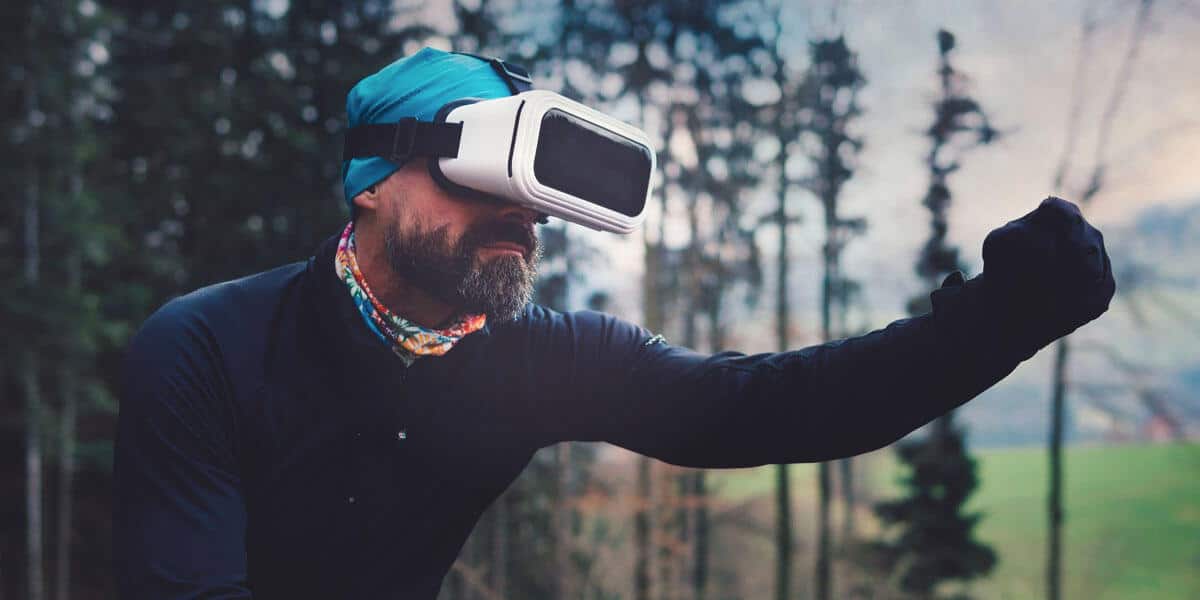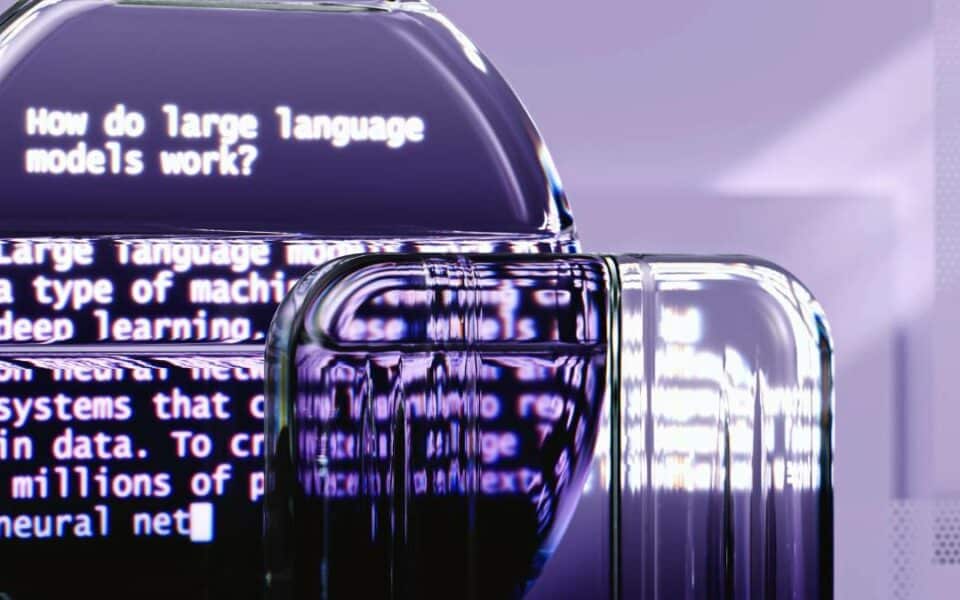
User segmentation as a crucial element of effective marketing
5 January 2018
What is the Virtual Reality? The tip is in the name – it’s an experience of a world that does not really exist. Virtual reality (VR) to is the utilisation of computer technology to create a simulated environment.
Unlike traditional user interfaces, VR places the user in the experience. Instead of watching the screen in front of him, the user is immersed in it and can interact with the 3D world, simulating as many senses as possible, such as sight, hearing, touch and even smell. The only limitations to almost real VR experience are the availability of content. VR uses many technologies to achieve this goal and is a technically complex feat that must take into account our perception and cognition. It can be used for entertainment as well as for serious and important matters. Technology is becoming cheaper and more widespread. We can expect many innovative applications of this technology in the future. Thanks to its capabilities, VR can even become a primary way of communication and work.
Where did the virtual reality come from?
Virtual reality, as we know it today, has its beginnings years ago. The first display mounted on the head was not Oculus, although this device probably contributed to the renaissance VR, but the device called Headsight, which was created in 1960. There were also non-digital predecessors, such as 360-degree images, which had the same goal – to transfer their experience to a different place. This technology has been used for a variety of purposes, from science and medicine to training pilots and assisting architects in the presentation of new buildings. Currently, the main focus is on games, but VR has many applications that can be extended with the development of technology.
Virtual reality – technical knowledge
Virtual reality deceives your brain that you are in the 3D world. The first way VR does it is a stereoscopic display. It works by displaying two different angles of the scene to each eye which simulate the depth.
 This happens through a lens that is one of the most important elements which makes the virtual reality so convincing. The lenses achieve this by focusing the light so that the displays appear to be at an infinite distance. This technique along with other ways to simulate depth, such as parallax (further objects seem slower) and shading, create almost live experience. High-performance displays are another important factor. They must have pixel density to display clear images, but also display them at a sufficiently high speed to make VR traffic smooth. Focus regulation, position sensors or infrared tracking are among other factors that influence virtual reality experience.
This happens through a lens that is one of the most important elements which makes the virtual reality so convincing. The lenses achieve this by focusing the light so that the displays appear to be at an infinite distance. This technique along with other ways to simulate depth, such as parallax (further objects seem slower) and shading, create almost live experience. High-performance displays are another important factor. They must have pixel density to display clear images, but also display them at a sufficiently high speed to make VR traffic smooth. Focus regulation, position sensors or infrared tracking are among other factors that influence virtual reality experience.
The most important element of the virtual reality kit is the VR set, a device that looks like a thick pair of glasses. More expensive high-quality sets must be connected to the computer to run applications and games, and some cheaper use the mobile phone adjusted to the front of the set. All VR sets must be used together with a pair of good quality headphones and other optional accessories from handheld controllers to treadmills that have been designed to increase your simulated experience of being in another world. Hand controllers translate your actual gestures to any game or application that you can use. VR devices have their own app stores, similar to stores with smartphone applications in which you can view and download games and applications.
VR Future
As a technology, virtual reality has already gone through decades of experimentation, although it is still the beginning of the latest generation of devices. This means that we can expect a continuous and rapid improvement of technology, while the first waves of applications and games are still wondering how to use it. This is a good argument for waiting until the technology and the content created for it will be more stabilised, more attractive and cheaper. However, it is equally good to be one of the first to discover a whole new virtual world of entertainment, information and communication, because thousands of programmers, game developers and filmmakers are researching the medium and its new creative potential. Regardless of whether you are an enthusiast, sceptic or in between, next year will be a great year to discover the real potential of this technology. Only then will we find out in which direction VR will begin to develop.


